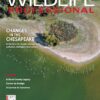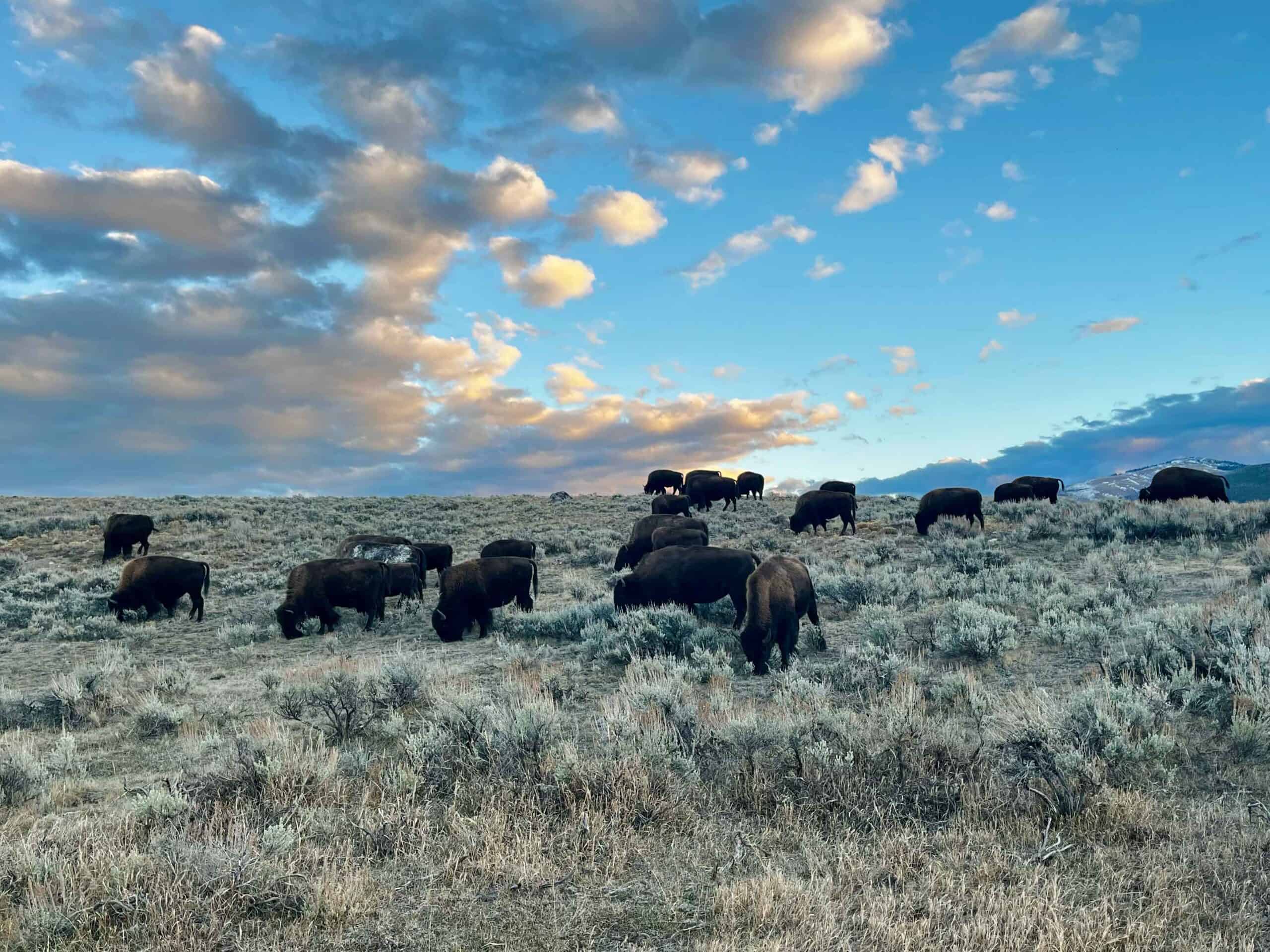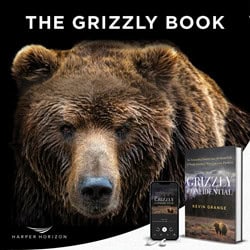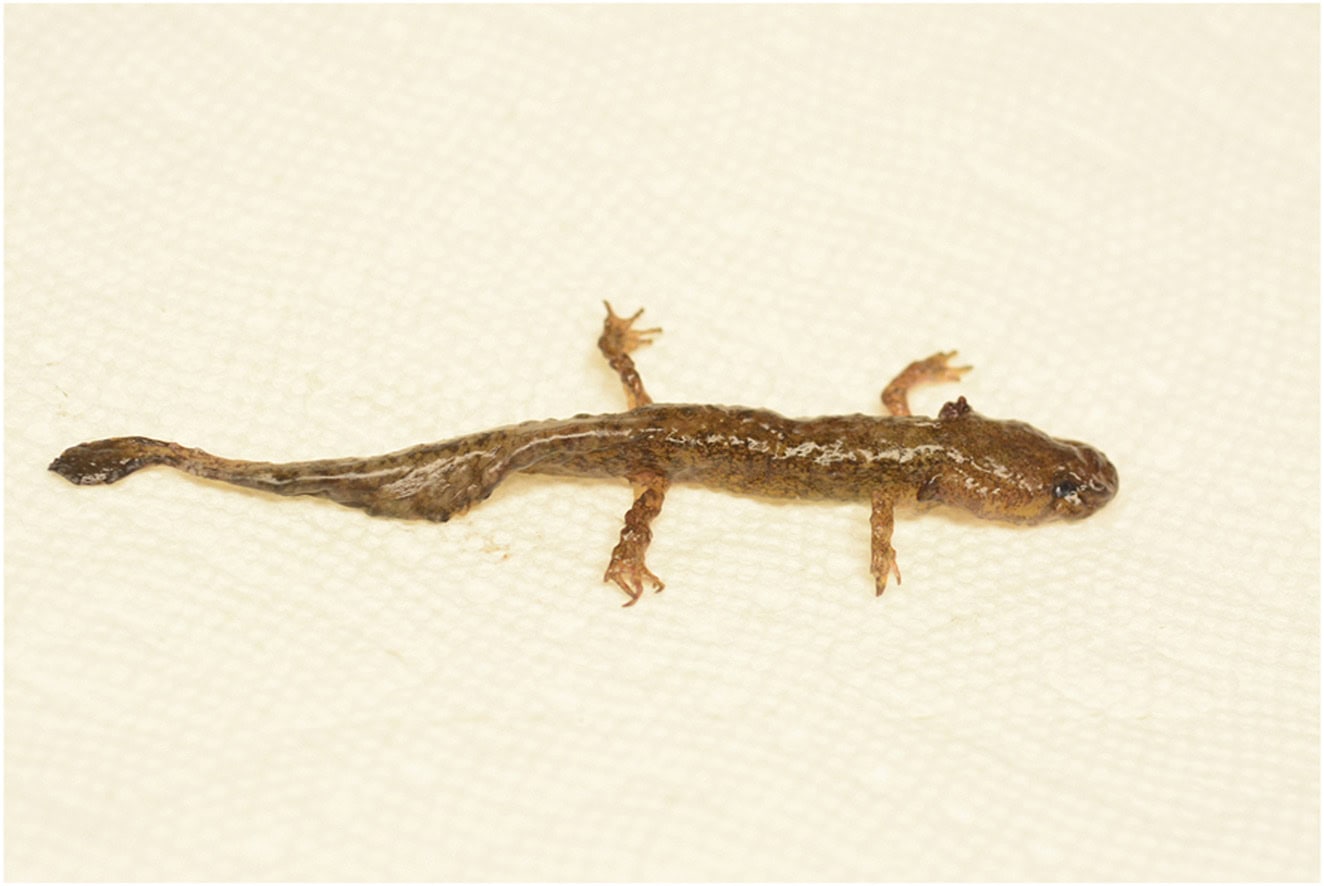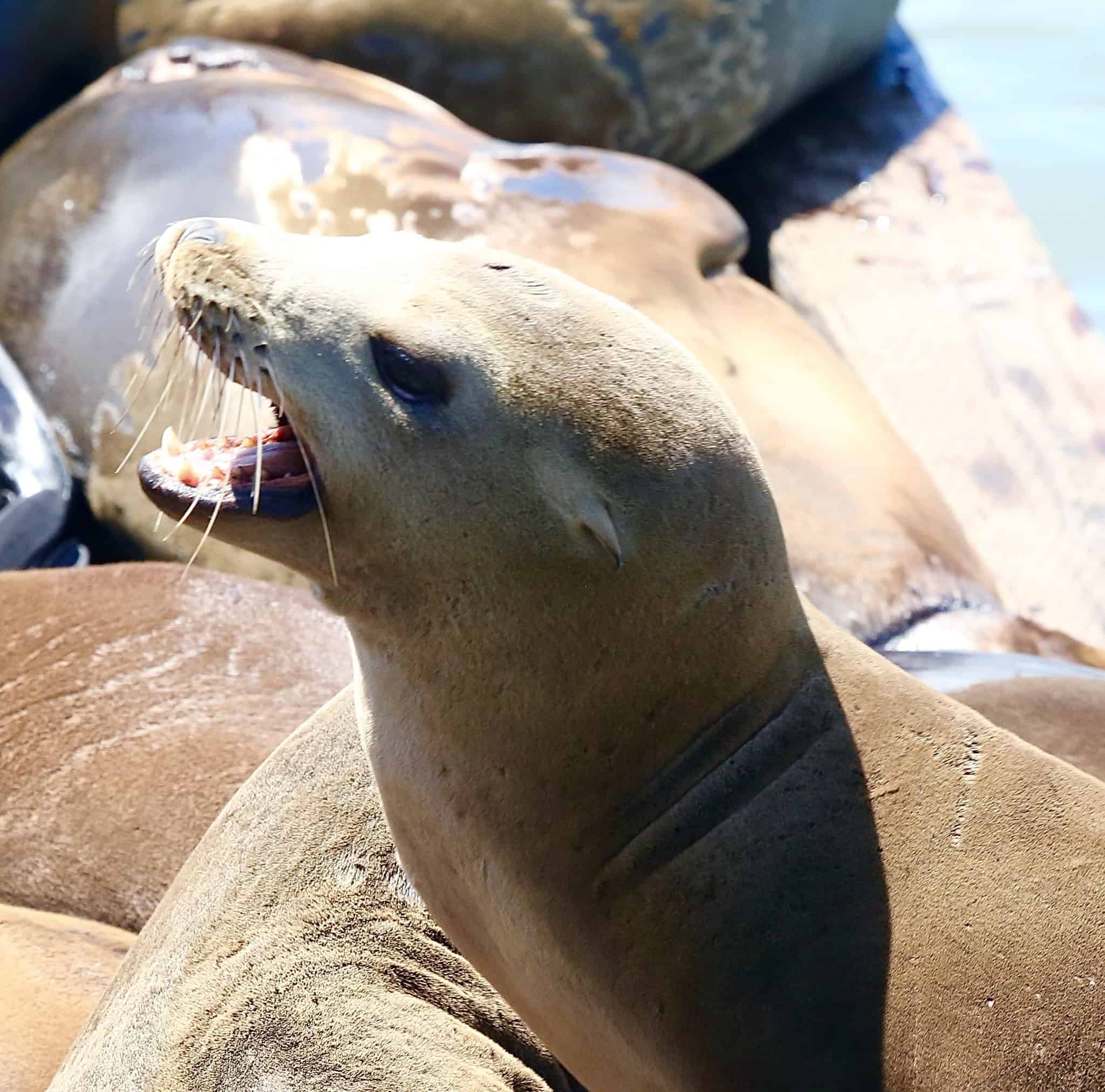Share this article
Wildlife Featured in this article
- Plains bison
- Bighorn sheep
- Mule deer
How species find enough food in Yellowstone
Smaller species have different strategies than larger ones
Using scat samples and GPS tracking, researchers uncovered not only what wildlife in Yellowstone eat, but also how they find food. In a study published in Royal Society Open Science, scientists found that feeding behavior really depended on the animal’s body size. Small species like mule deer (Odocoileus hemionus) and bighorn sheep (Ovis canadensis) seemed to expand their diets during the summer and feed on leftover plants in protected valleys in the winter. Large species like bison (Bison bison) tended to travel into deep snow during the winter to search for unique food reserves that smaller species couldn’t access. “The study showed that these species can feed far more adaptably than anyone had previously assumed,” said lead study author Bethan Littleford-Colquhoun, a postdoctoral research associate at Brown University. “All species switch the ways they search for food, but the opportunities an individual bison has to fuel its migration or survive a hard winter might only work for it because it’s big. Meanwhile, other species might need to group together for protection in winter because they’re small.” The researchers said that these findings are important for conservation. “If we want to help wildlife populations thrive, we should be maintaining a diversity of habitats and plant resources across their migratory corridors so that many animals, each with their own preferences, personalities and needs, can find what’s best to fuel their journey,” said co-author Tyler Kartzinel, an associate professor of ecology, evolution and organismal biology at Brown.
Header Image: Bison graze in a meadow during early winter at Yellowstone National Park. Photo courtesy of Bethan Littleford-Colquhoun

